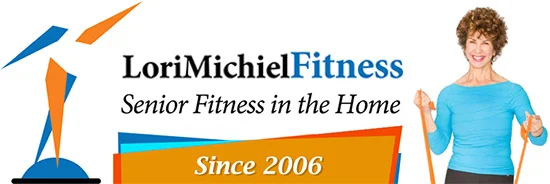Stretch to Your Heart’s Content: Part 1 of 2
The debate rages on. Stretching style can vary depending on many factors. Do you want to stretch to limber up before a run, exercise class or a swim? Or maybe you just feel tight all the time and it limits you. Part one of a two-part article.
How Did the Idea Get Started?
My local gym had not offered a stretch class in years. In fact, it’s unusual when any exercise class includes stretching for more than three minutes. Unless you warm-up in a yoga class, you’re stuck. Like anything else in my life, when I wanted something I couldn’t find in the universe, I figured out a way. While the idea was swirling around in my head, at the same time my friends and business associates (I was already teaching my personal clients) kept asking me to teach a group class at my studio. I wasn’t sure what I would teach so I declined.
Then I attended this year’s WALK TO END ALZHEIMER’S planning meeting. The light bulb went off and I rallied my energies and talent for a group training stretch class with a cause dear to my heart. I decided to donate half the proceeds from these classes to fund the research to END Alzheimer’s disease.
Getting Back to Stretching – Dynamic and Static Methods
It becomes easier when you know which corrective technique to use for your body and what your goals are so that you see improvement without the risk of injury. If you are seeking a format that is restorative (recovery-regeneration-repair) which will sustain good health and improve your functional capacity, you can choose from various methods. You need to decide what is right for your body.
Dynamic style involves movements (such as wide arm circles) that more closely resemble what the body does during sports activities. This type of stretching allows for less hold times and more movement. Historically, dynamic stretching has been used to gain flexibility in the muscle structure to reduce risk of injury, enhance muscle performance and reduce soreness associated with tight muscles that pull on our bones.
Static poses are very similar to dynamic stretching. Static stretching helps to lengthen the muscle when the position is held longer. The effects can last up to 24 hours, but most effects seem to last for about 15 minutes. Static stretching is the most common stretching method. It involves holding a stretch position just beyond the normal range of motion by adding some external force such as equipment: bands, your own body weight or the assistance of a training partner. Typically, the position is held for five to 30 seconds.
Contact us at www.lorimichielfitness.com or call for more information at 818-620-1442. We do fitness differently.
Part two: Q and A about stretching, update on stretching class.
